Date: 11. October 2024
Time to read: 3 min
Just as the Karst is special, so is its architecture. The climate, the abundance of stone and the modest way of life have each contributed in their own way to the creation of a distinctive architecture and a very special landscape. The traveller cannot ignore the exquisite details and masterfully carved stone at every turn.
Plenty of stone
Stone quarrying in the Karst has a millennia-long tradition, dating back to antiquity. Small quarries, known locally as "caves", can be traced around most of the Karst villages. Farmers opened them on their land for themselves or for tenants. The stone was quarried by first breaking large monolithic blocks from the stone wall and then carving them in workshops set up in the quarry or elsewhere in the Karst villages.
-
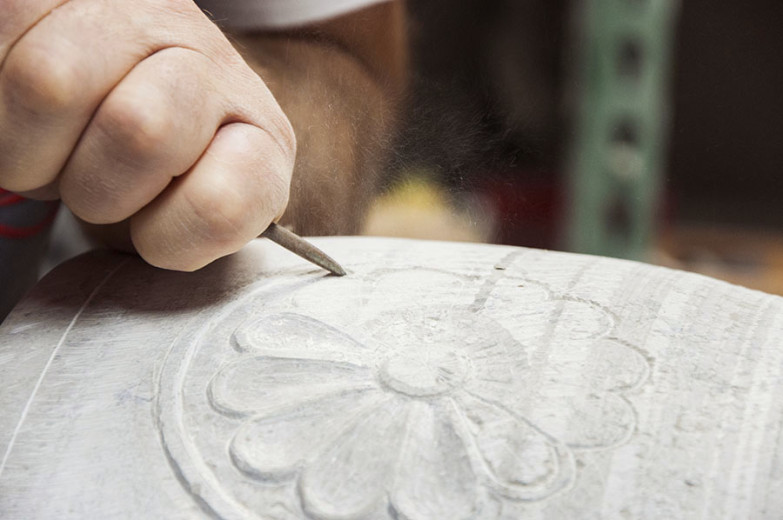 Karst stone is not just a geological phenomenon, it is the lifeblood of the Karst region. Over the centuries, the inhabitants of the area have become attached to Karst stone and have used it as a building material, an artistic expression and part of their cultural identity. Photo: Visit Kras
Karst stone is not just a geological phenomenon, it is the lifeblood of the Karst region. Over the centuries, the inhabitants of the area have become attached to Karst stone and have used it as a building material, an artistic expression and part of their cultural identity. Photo: Visit Kras
-
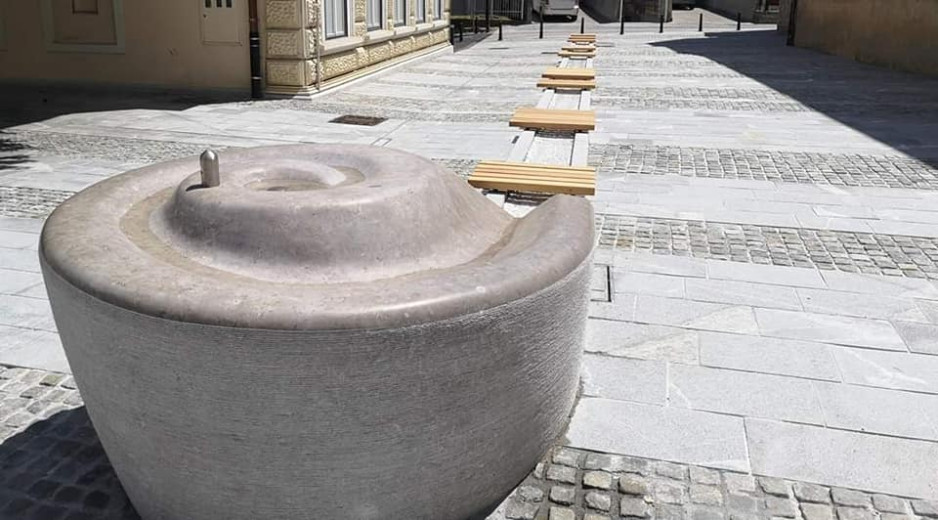 Stonecutters with an exceptional eye for detail create a whole range of user elements in stone. Photo: Marmor Sežana
Stonecutters with an exceptional eye for detail create a whole range of user elements in stone. Photo: Marmor Sežana
-
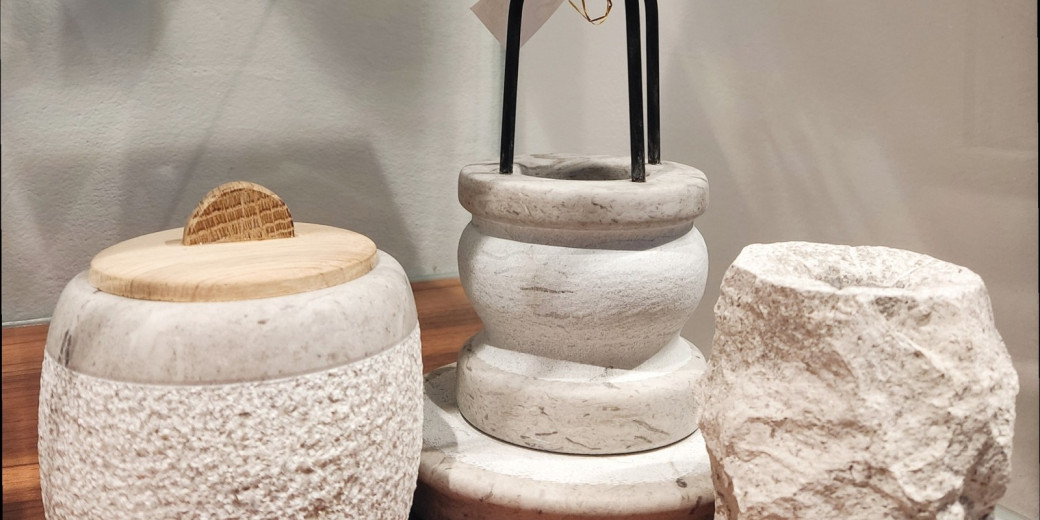 Stone has been used in the past to prepare and store food. Barley was husked and spices were crushed in stone footstools, lard and sausages were stored in larger stone vessels, stone was used in presses and mills, and domestic animals were watered in dripstone troughs. Photo: Marmor Sežana
Stone has been used in the past to prepare and store food. Barley was husked and spices were crushed in stone footstools, lard and sausages were stored in larger stone vessels, stone was used in presses and mills, and domestic animals were watered in dripstone troughs. Photo: Marmor Sežana
-
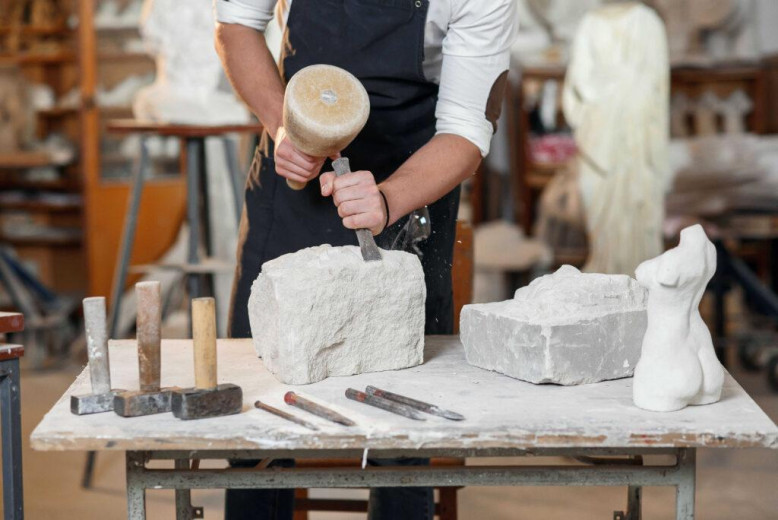 The tradition of stone shaping plays an extremely important role in the creation of the Karst landscape, and the carved, characteristically shaped building profiles are a distinctive element of Karst architecture. Photo: Visit Kras
The tradition of stone shaping plays an extremely important role in the creation of the Karst landscape, and the carved, characteristically shaped building profiles are a distinctive element of Karst architecture. Photo: Visit Kras
An eye for detail
With an exceptional eye for detail, stonemasons shaped window and door frames, staircases, mantelpieces, consoles, gravestone crosses, fountain surrounds, stone gutters, church markers and, of course, the famous stone arches of farmhouse entrances, which the Karst people call kalunas, out of stone.
-
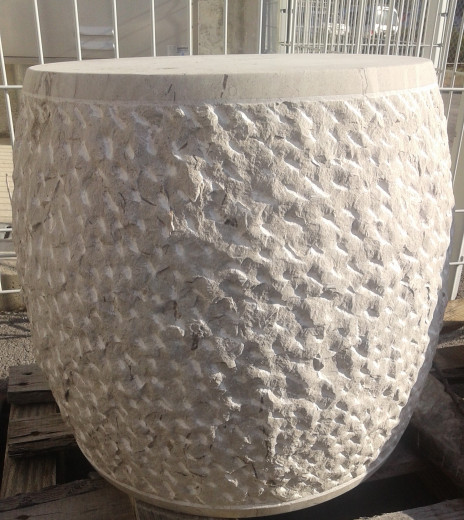 Stone, which is truly abundant in the Karst, has always been a challenge to human creativity. Photo: Marmor Sežana
Stone, which is truly abundant in the Karst, has always been a challenge to human creativity. Photo: Marmor Sežana
-
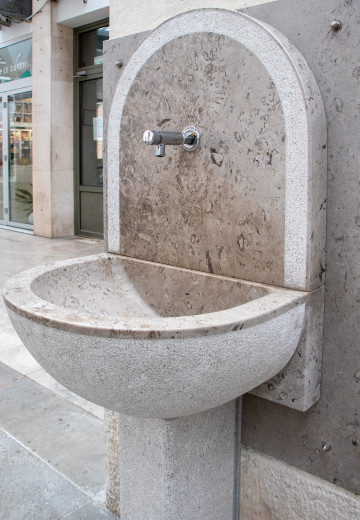 The harmony, the refined details and the masterfully carved stone are a source of admiration. Photo: Marmor Sežana
The harmony, the refined details and the masterfully carved stone are a source of admiration. Photo: Marmor Sežana
-
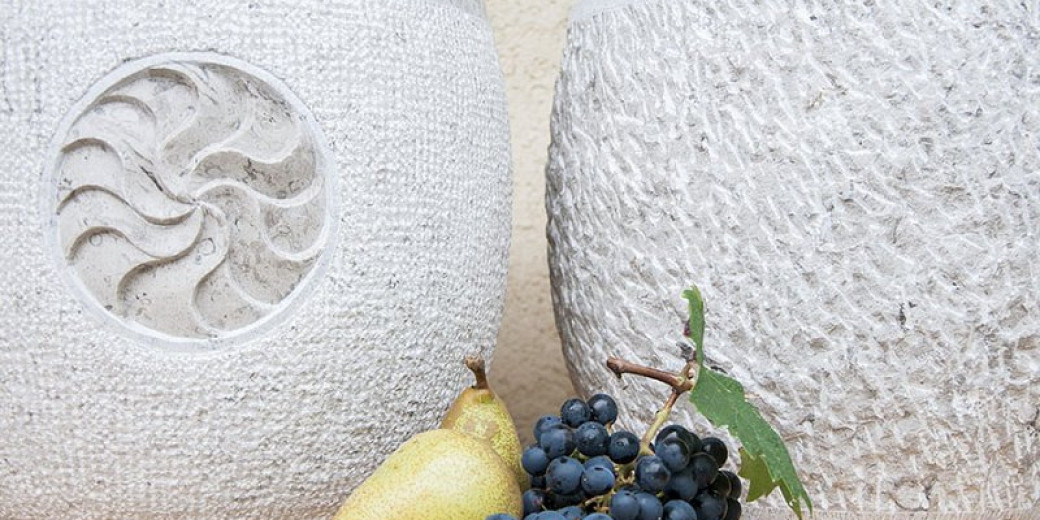 Carcinate limestones can be polished and are suitable for decoration. Photo: Marmor Sežana
Carcinate limestones can be polished and are suitable for decoration. Photo: Marmor Sežana
Stone walls
The first thing a visitor sees in the Karst are dry stone walls that demarcate arable land and enclose pastures.
The Karst house impresses with its original architectural elements, with an enclosed courtyard, a pine barn, and a characteristic entrance, the kalona.
Stone carving is a craft perfected to perfection. Not only for the usefulness of the stone objects, the Karst stone is also an inexhaustible inspiration for artistic creation.
-
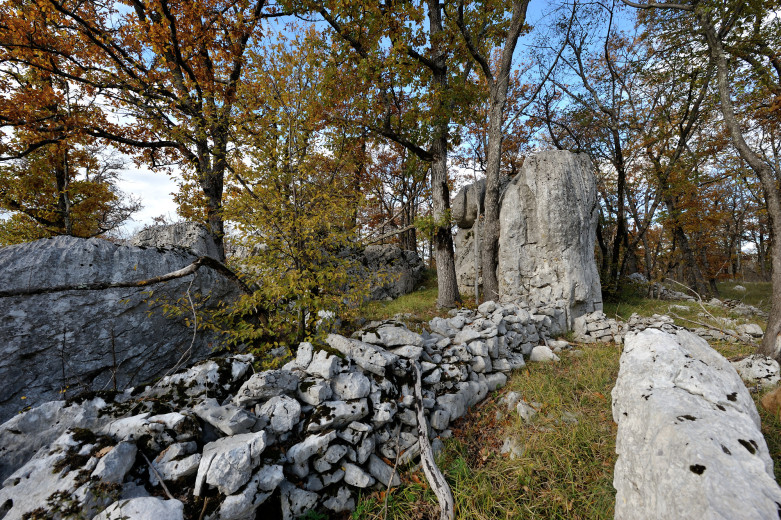 The first thing a visitor to the Karst region sees are the dry stone walls that demarcate arable land and enclose pastures. Photo: Borut Lozej/slovenia.info
The first thing a visitor to the Karst region sees are the dry stone walls that demarcate arable land and enclose pastures. Photo: Borut Lozej/slovenia.info
-
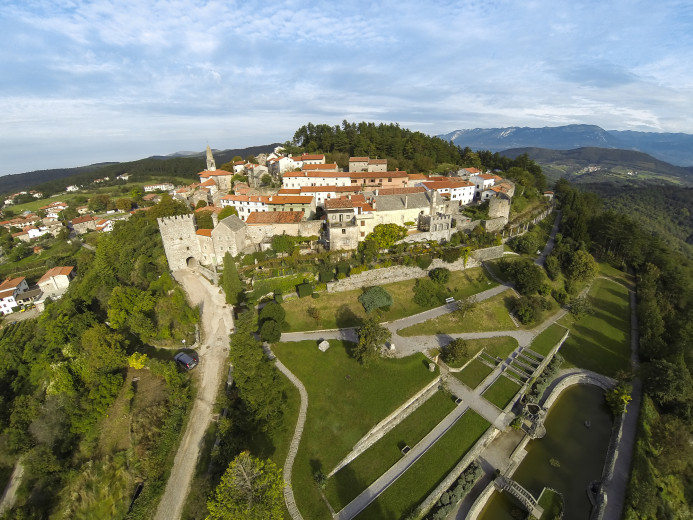 The picturesque Štanjel, a medieval village and one of the oldest settlements in the Karst, is a beautiful example of the architecture and architecture of the time. Photo: Dejan Šuc/slovenia.info
The picturesque Štanjel, a medieval village and one of the oldest settlements in the Karst, is a beautiful example of the architecture and architecture of the time. Photo: Dejan Šuc/slovenia.info
-
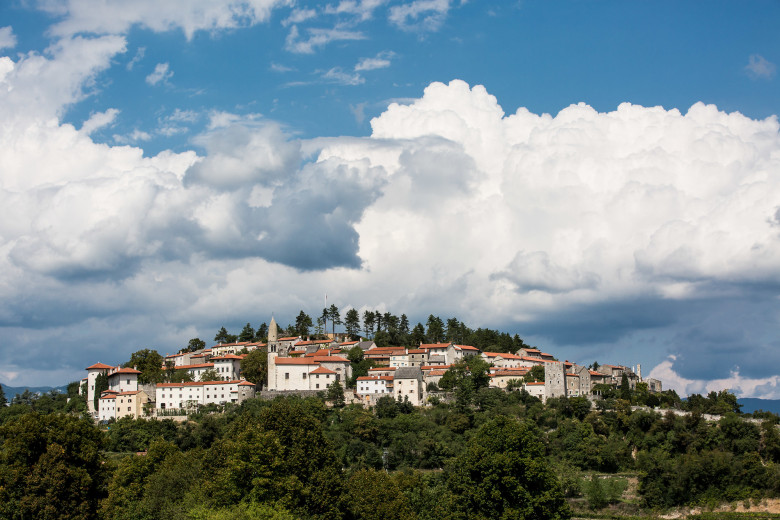 Štanjel, together with the castle and the later Ferrari Garden, is an outstanding cultural monument. Photo: Vid Ponikvar/slovenia.info
Štanjel, together with the castle and the later Ferrari Garden, is an outstanding cultural monument. Photo: Vid Ponikvar/slovenia.info
Carinthian stonemasonry and stone-cutting
Carinthian stonemasonry and stone-cutting have their roots in antiquity.
Since then, the tradition of stone shaping has played an extremely important role in the creation of the Karst landscape, and the carved, characteristically shaped building profiles are a distinctive element of Karst architecture.
Visit one of the stonemason's workshops, which also organise stonemasonry courses for beginners several times a year. We have four working quarries that provide raw material independently of global markets for natural stone. The proximity of the quarries and the production units allows quick and local access to raw material.






